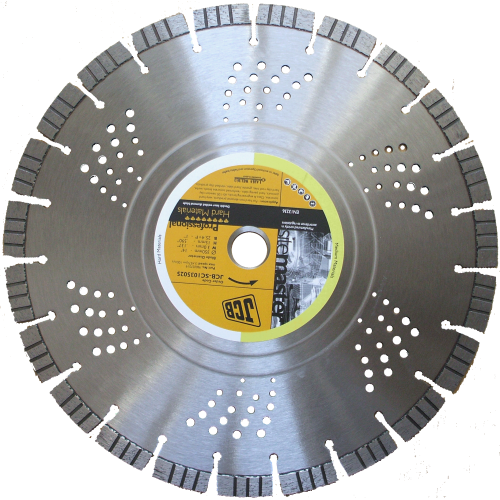NeodispReriehop xtgxk
Angeloker
(10/15/2025 14:44:59)
nexus link <a href="https://nexusdarknet.hashnode.dev/ ">nexus market darknet </a> nexus darknet market official <a href="https://hashnode.com/@nexusmarket ">nexus dark </a>
NeodispReriehop hfxno
KennethPharm
(10/15/2025 14:38:59)
nexus onion <a href="https://hashnode.com/@nexusmarket ">nexus shop </a> nexus darknet link <a href="https://nexusdarknet.hashnode.dev/ ">nexus market </a>
NeodispReriehop baapn
Edwardpheta
(10/15/2025 14:38:55)
nexus official site <a href="https://nexusmarket.hashnode.dev/ ">nexus link </a> nexus darknet market urls <a href="https://nexusmarket.hashnode.dev/ ">nexus darknet market url </a>
NeodispReriehop jdxzq
Charleslasty
(10/15/2025 14:26:19)
nexus dark <a href="https://nexusdarknetlink.hashnode.dev/ ">nexus darknet url </a> nexus darknet url <a href="https://nexusdarknet.hashnode.dev/ ">nexus darknet market access </a>
NeodispReriehop rixnx
RichardStymn
(10/15/2025 14:25:58)
nexus shop <a href="https://nexusdarknetmarket.hashnode.dev/ ">nexus darknet </a> nexus link <a href="https://nexusdarknetlink.hashnode.dev/ ">nexus official site </a>
NeodispReriehop kzekx
RichardStymn
(10/15/2025 14:16:25)
nexus darknet market online <a href="https://darknetmarketnexus.hashnode.dev/ ">nexus dark web market </a> nexus darknet site <a href="https://nexusmarket.hashnode.dev/ ">nexus darknet site </a>
NeodispReriehop xozbz
Charleslasty
(10/15/2025 14:16:21)
nexus official link <a href="https://darknetmarketnexus.hashnode.dev/ ">nexus shop url </a> nexus darknet site <a href="https://hashnode.com/@nexusmarket ">nexus market darknet </a>
NeodispReriehop zajkq
Angeloker
(10/15/2025 13:57:13)
nexus url <a href="https://nexusdarknet.hashnode.dev/ ">nexus darknet shop </a> nexus darknet market url <a href="https://nexusdarknet.hashnode.dev/ ">nexus darknet market official </a>
Im glad I finally signed up
Salina
(10/15/2025 13:56:19)
https://gomarbeauty.com/product-category/jade-roller-and-gua-sha-set-en/
Jade Roller in Dubai https://gomarbeauty.com/product-category/jade-roller-and-gua-sha-set-en/
Jade Roller in Dubai
NeodispReriehop xcwhp
KennethPharm
(10/15/2025 13:52:03)
nexus market link <a href="https://darknetmarketnexus.hashnode.dev/ ">nexus darknet market onion </a> nexus darknet market official <a href="https://darknetmarketnexus.hashnode.dev/ ">nexus dark </a>
<< precedent
415 416 417 418 419 420 421 422 423 424 urmator >>
Scrie un comentariu

